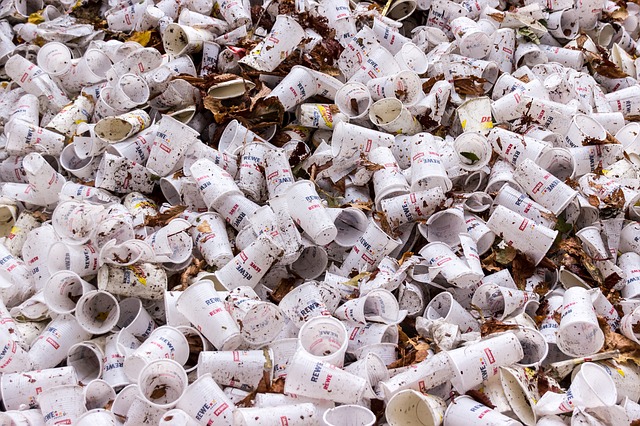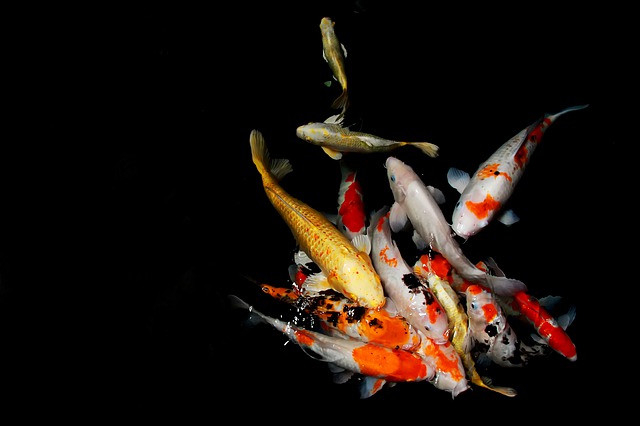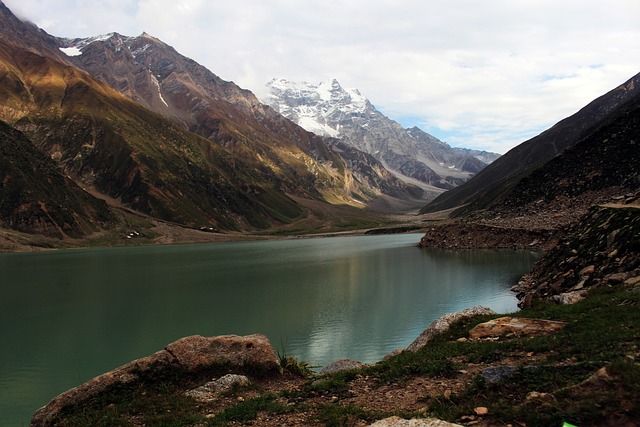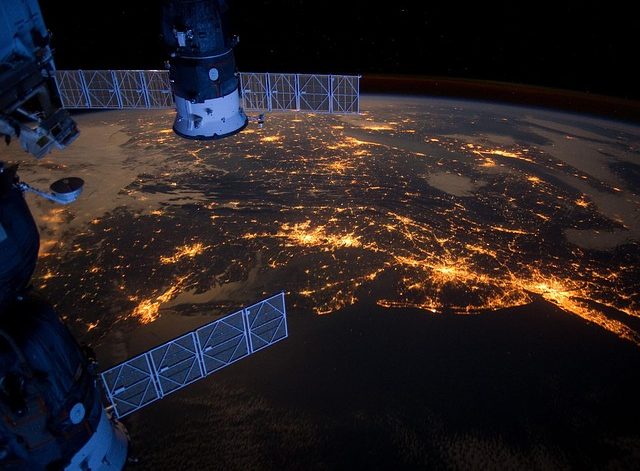- World Bank is financing a regional project named Free Rivers and Seas for South Asia.
- The regional project initiative aims to promote the South Asia Cooperative Environment Programme.
- Plastic pollution is causing the degradation of marine ecological systems as well as rivers.
- Lack of strategies regarding plastic waste management is a huge gap in dealing with ongoing plastic pollution.
You might also like to read: Plastic Crisis: An Emerging Threat to Mountain Ecosystem
South Asia is contributing to global plastic waste production. It is the third biggest contributor to plastic waste generation all around the world. The generated plastic can be observed flowing into rivers. Oceans are the biggest dumping sites for plastic pollution. Every year nearly 300 million tonnes of plastic are generated and used in different manufacturing processes. It is estimated that 8 million tonnes of plastic waste end up in oceans annually. About 80% of marine debris consists of plastic waste. Plastic pollution creates ecological, economic, development, and health crisis. Also read: The Impacts of Microplastic Pollution on the Environment.
World Bank is financing a regional project that is known as Free Rivers and Seas for South Asia. The regional project initiated in 2020 to promote the South Asia Cooperative Environment Programme.
The project aims to tackle the problems and effects of plastic debris in rivers and seas of South Asia. World Bank has made a partnership with two other collaborative teams that include South Asia Cooperative Environment Programme and Parley for the Oceans.
The purpose of this partnership is to assist South Asia in dealing with marine plastic pollution. Also, it includes eco-innovation methods that will invent ways to reuse plastic. The project will strengthen regional integrated institutions, public and private sectors and encourage circular economy solutions regarding plastic pollution. Read about Can Rivers and Lakes be Saved from Environmental Degradation?
The project highlights the need for recognized actions and solutions across the regions of South Asia. Adequate strategies are needed to prepare systematized zonal monitoring, administration, and policy framework. The planned strategies will help in formulating ways to reduce plastic pollution. All these ways will lead to a boosted circular economic model for generated plastics across the regions of South Asia.
South Asia includes the regions of Pakistan, India, Bhutan, Afghanistan, Maldives, Sri Lanka, Bangladesh, and Nepal. You might be interested in reading the effects of climate change on Himalayan glaciers. These glaciers include regions of Pakistan and India that are vulnerable to catastrophic effects.
Seureca along with others undertook constancy services to gather baseline information. The current status of plastic pollution was reported by utilizing the UNEP-IUCN tool combined in ‘National Guidance for Marine Plastic Hotspotting and Shaping Actions’. The consultancy group has included information regarding initiatives and related shareholders and conducted an analysis of policy audits to encourage suggestions for the World Bank and SACEP.
Also, check out Marine Pollution – Its Risky Effects on Marine Life & Humans
I hope you all liked this post! Please comment below if you have any suggestions, comments, or feedback! We at #envpk love hearing from our readers! Thanks!




